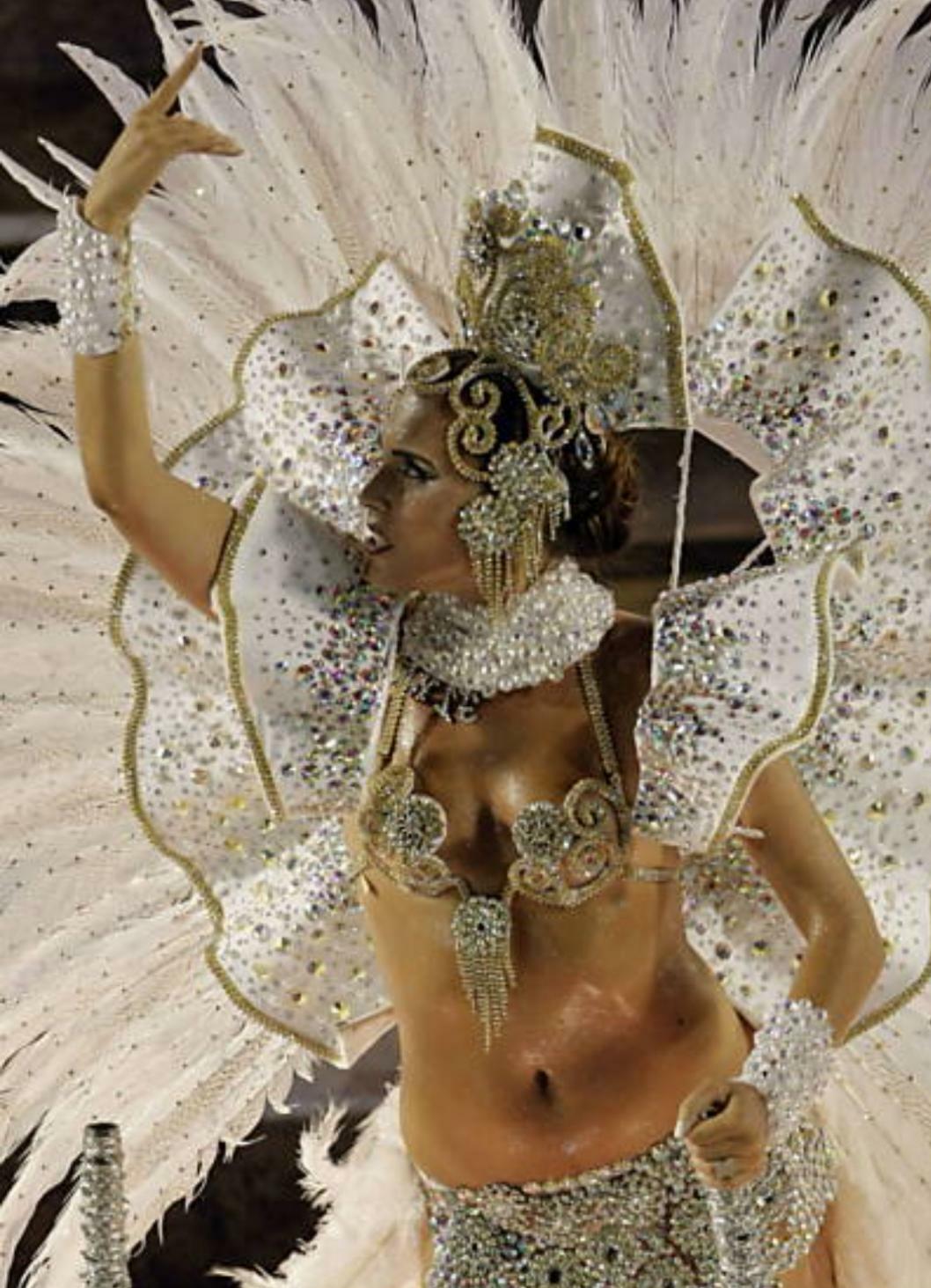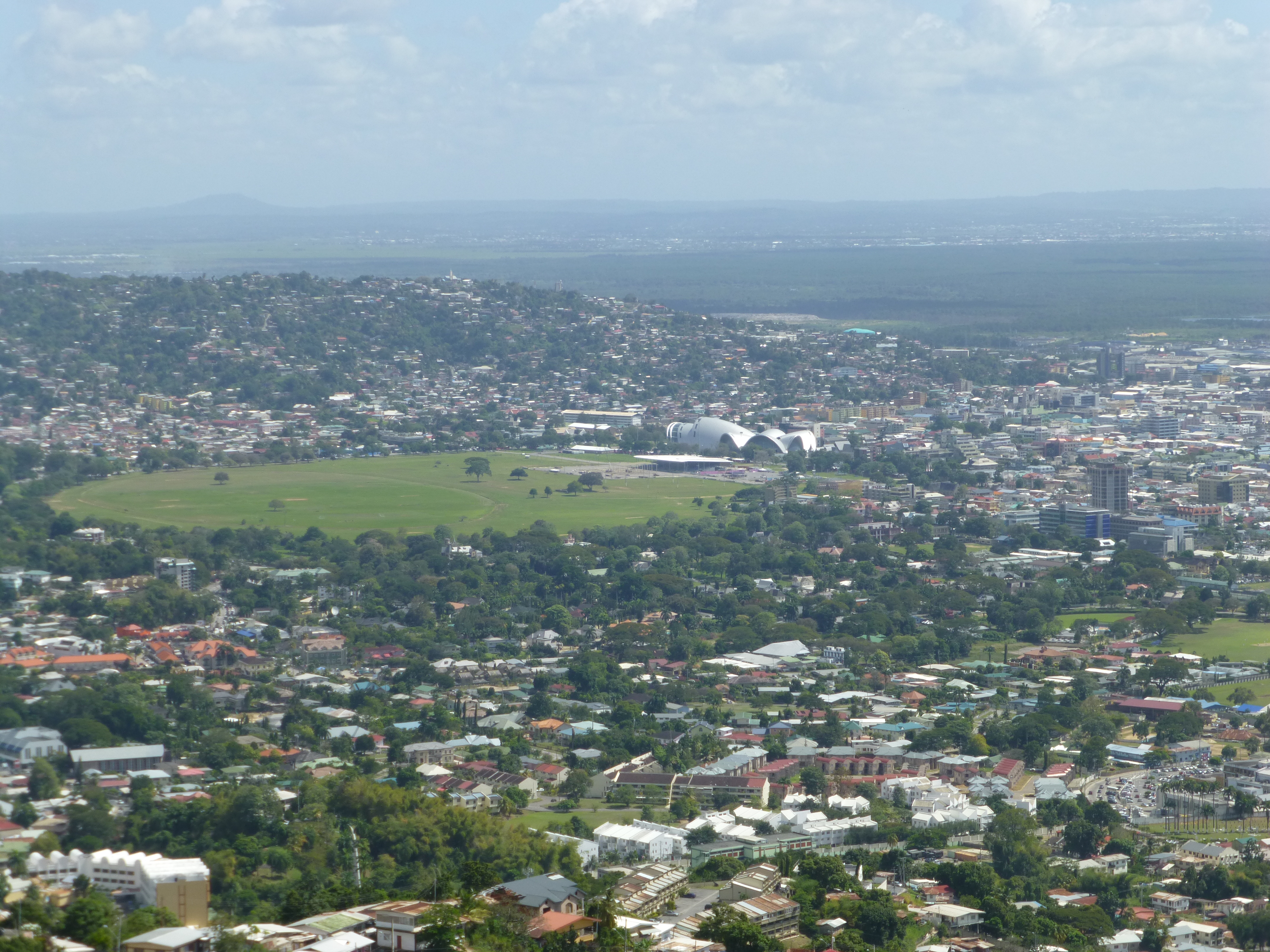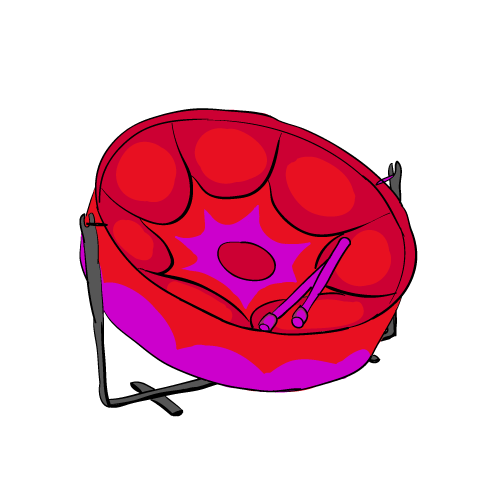|
Calypso Tent
Calypso tents are venues in which calypsonians perform during the Carnival season. They usually are cinema halls, community centers, or other indoor buildings which have seating and stage arrangements to host the entertainers, guests and patrons; or outdoor shows which are held in parks or, more famously, in the Queen's Park Savannah. Some of these tents are held at many venues, called Roving Caravans or Roving Tents. Such venues are still called "tents" because calypsonians all used to sing on stages which were literally covered by a tent. The first such tent was organised by a calypsonian whose sobriquet A sobriquet ( ), or soubriquet, is a nickname, sometimes assumed, but often given by another, that is descriptive. A sobriquet is distinct from a pseudonym, as it is typically a familiar name used in place of a real name, without the need of expl ... was Railway Douglas. As time went along, buildings and other empty spaces that were properly arranged were also used, but the ... [...More Info...] [...Related Items...] OR: [Wikipedia] [Google] [Baidu] |
Calypsonian
A calypsonian, merriam-webster.com originally known as a '' chantwell'', is a musician from the anglophone Caribbean who sings songs of the calypso genre. Calypsos are musical renditions having their origins in the West African griot tradition. Originally called "Kaiso" in , these songs, based on West African |
Carnival
Carnival is a Catholic Christian festive season that occurs before the liturgical season of Lent. The main events typically occur during February or early March, during the period historically known as Shrovetide (or Pre-Lent). Carnival typically involves public celebrations, including events such as parades, public street parties and other entertainments, combining some elements of a circus. Elaborate costumes and masks allow people to set aside their everyday individuality and experience a heightened sense of social unity.Bakhtin, Mikhail. 1984. ''Rabelais and his world''. Translated by H. Iswolsky. Bloomington: Indiana University Press. Original edition, ''Tvorchestvo Fransua Rable i narodnaia kul'tura srednevekov'ia i Renessansa'', 1965. Participants often indulge in excessive consumption of alcohol, meat, and other foods that will be forgone during upcoming Lent. Traditionally, butter, milk, and other animal products were not consumed "excessively", rather, their st ... [...More Info...] [...Related Items...] OR: [Wikipedia] [Google] [Baidu] |
Movie Theater
A movie theater (American English), cinema (British English), or cinema hall (Indian English), also known as a movie house, picture house, the movies, the pictures, picture theater, the silver screen, the big screen, or simply theater is a building that contains auditoria for viewing films (also called movies) for entertainment. Most, but not all, movie theaters are commercial operations catering to the general public, who attend by purchasing a ticket. The film is projected with a movie projector onto a large projection screen at the front of the auditorium while the dialogue, sounds, and music are played through a number of wall-mounted speakers. Since the 1970s, subwoofers have been used for low-pitched sounds. Since the 2010s, the majority of movie theaters have been equipped for Digital cinema#Digital projection, digital cinema projection, removing the need to create and transport a physical film stock#Intermediate and print stocks, film print on a heavy reel. A great ... [...More Info...] [...Related Items...] OR: [Wikipedia] [Google] [Baidu] |
Community Center
Community centres, community centers, or community halls are public locations where members of a community tend to gather for group activities, social support, public information, and other purposes. They may sometimes be open for the whole community or for a specialized group within the greater community. Community centres can be religious in nature, such as Christian, Islamic, or Jewish community centres, or can be secular, such as youth clubs. Uses The community centres are usually used for: * Celebrations, * Public meetings of the citizens on various issues, * Organising meetings(where politicians or other official leaders come to meet the citizens and ask for their opinions, support or votes ("election campaigning" in democracies, other kinds of requests in non-democracies), * Volunteer activities, * Organising parties, weddings, * Organising local non-government activities, * Passes on and retells local history,etc. Organization and ownership Around the world (and ... [...More Info...] [...Related Items...] OR: [Wikipedia] [Google] [Baidu] |
Queen's Park Savannah
Queen's Park Savannah (QPS) is a park in Port of Spain, Trinidad and Tobago. Known locally as simply "the Savannah", it is Port of Spain's largest open space. It occupies about of level land, and the distance around the perimeter is about 2.2 mi (3.5 km). History Once sugarcane farm land, it was bought by the town council in 1817 from the Peschier family (except for a small parcel near its centre that served as the Peschier cemetery, which remains in private hands). At first it was used as a vast cattle pasture in what was then the town's suburbs, but by the mid-19th century it had become established as a park. In the early 20th century, it was used as an airstrip when there were no airports built. Until the early 1990s, horse racing was held frequently at the Savannah race track, and it also contains several cricket, football and rugby pitches. Apart from a ring of trees round its perimeter, the Savannah was never really landscaped, except for the small area in it ... [...More Info...] [...Related Items...] OR: [Wikipedia] [Google] [Baidu] |
Tent
A tent () is a shelter consisting of sheets of fabric or other material draped over, attached to a frame of poles or a supporting rope. While smaller tents may be free-standing or attached to the ground, large tents are usually anchored using guy ropes tied to stakes or tent pegs. First used as portable homes by nomads, tents are now more often used for recreational camping and as temporary shelters. Tents range in size from " bivouac" structures, just big enough for one person to sleep in, up to huge circus tents capable of seating thousands of people. Tents for recreational camping fall into two categories. Tents intended to be carried by backpackers are the smallest and lightest type. Small tents may be sufficiently light that they can be carried for long distances on a touring bicycle, a boat, or when backpacking. The second type are larger, heavier tents which are usually carried in a car or other vehicle. Depending on tent size and the experience of the person or peo ... [...More Info...] [...Related Items...] OR: [Wikipedia] [Google] [Baidu] |
Sobriquet
A sobriquet ( ), or soubriquet, is a nickname, sometimes assumed, but often given by another, that is descriptive. A sobriquet is distinct from a pseudonym, as it is typically a familiar name used in place of a real name, without the need of explanation, and it often becomes more familiar than the original name. The term ''sobriquet'' may apply to the nickname for a specific person, group of people, or place. Examples are "Emiye Menelik", a name of Emperor Menelik II of Ethiopia, who was popularly and affectionately recognized for his kindness ("emiye" means "mother" in Amharic); "Genghis Khan", who now is rarely recognized by his original name Temüjin; and Mohandas Gandhi, who is better known as " Mahatma" Gandhi ("mahatma" means "great soul" in Sanskrit). Well-known places often have sobriquets, such as New York City, often referred to as the " Big Apple". Etymology The modern French spelling is . Two early variants of the term are found: and . The first early spelling v ... [...More Info...] [...Related Items...] OR: [Wikipedia] [Google] [Baidu] |
Railway Douglas
Rail transport (also known as train transport) is a means of transport that transfers passengers and goods on wheeled vehicles running on rails, which are incorporated in tracks. In contrast to road transport, where the vehicles run on a prepared flat surface, rail vehicles (rolling stock) are directionally guided by the tracks on which they run. Tracks usually consist of steel rails, installed on sleepers (ties) set in ballast, on which the rolling stock, usually fitted with metal wheels, moves. Other variations are also possible, such as "slab track", in which the rails are fastened to a concrete foundation resting on a prepared subsurface. Rolling stock in a rail transport system generally encounters lower frictional resistance than rubber-tyred road vehicles, so passenger and freight cars (carriages and wagons) can be coupled into longer trains. The operation is carried out by a railway company, providing transport between train stations or freight customer facilit ... [...More Info...] [...Related Items...] OR: [Wikipedia] [Google] [Baidu] |
Soca Music
Soca music is a genre of music defined by Lord Shorty, its inventor, as the "Soul of Calypso", which has influences of African and East Indian rhythms. It was originally spelt "sokah" by its inventor but through an error in a local newspaper when reporting on the new music it was erroneously spelt "soca"; Lord Shorty confirmed the error but chose to leave it that way to avoid confusion. It is a genre of music that originated in Trinidad and Tobago in the early 1970s and developed into a range of styles during the 1980s and after. Soca was initially developed by Lord Shorty in an effort to revive traditional calypso, the popularity of which had been flagging amongst younger generations in Trinidad due to the rise in popularity of reggae from Jamaica and soul and funk from the United States. Soca is an offshoot of Calypso/ Kaiso, with influences from East Indian rhythms and hooks. Soca has evolved since the 1980s primarily through musicians from various Anglophone Caribbean co ... [...More Info...] [...Related Items...] OR: [Wikipedia] [Google] [Baidu] |
Trinidad And Tobago Carnival
The Trinidad and Tobago Carnival is an annual event held on the Monday and Tuesday before Ash Wednesday in Trinidad and Tobago. This event is well known for participants' colorful costumes and exuberant celebrations. There are numerous cultural events such as "band launch fetes" running in the lead up to the street parade on Carnival Monday and Tuesday. It is said that if the islanders are not celebrating it, then they are preparing for it, while reminiscing about the past year's festival. Traditionally, the festival is associated with calypso music, with its origins formulated in the midst of hardship for enslaved West and Central Africans; however, recently Soca music has replaced calypso as the most celebrated type of music. Costumes (sometimes called " mas"), stick-fighting and limbo competitions are also important components of the festival. Carnival, as it is celebrated in Trinidad and Tobago, is also celebrated in several cities worldwide. These celebrations include Toro ... [...More Info...] [...Related Items...] OR: [Wikipedia] [Google] [Baidu] |
Trinidad And Tobago Culture
The culture of Trinidad and Tobago reflects the influence of Indian-South Asian, African, Indigenous, European, Chinese, North American, Latino, and Arab cultures. The histories of Trinidad and Tobago are different. There are differences in the cultural influences which have shaped each island. Trinidad and Tobago is an English-speaking country with strong links to the United Kingdom. Historical membership in the British Empire left a major influence on the country, including the differences of the English language and the popularity of the two top sports in the country, football, and cricket. Festivals Carnival The most influential single cultural factor in Trinidad and Tobago is Carnival, brought to Trinidad by French settlers from Martinique in the later part of the 18th century. Originally the celebration was confined to the elite, but it was imitated and adapted by their African slaves and, after the abolition of slavery in 1838, the practice spread into the free populatio ... [...More Info...] [...Related Items...] OR: [Wikipedia] [Google] [Baidu] |
_(LOC)_(5189343849).jpg)







